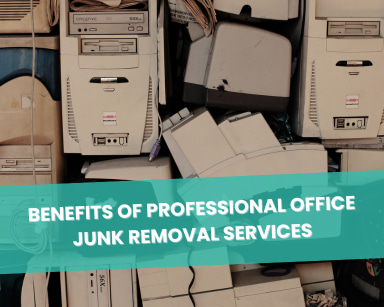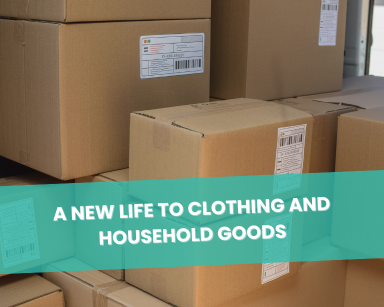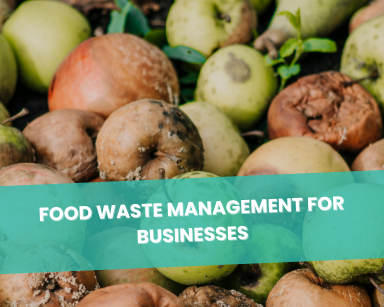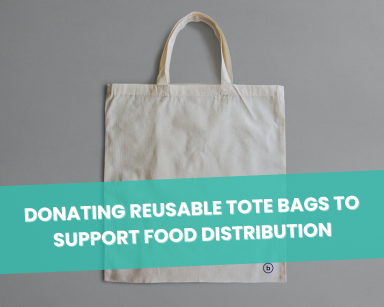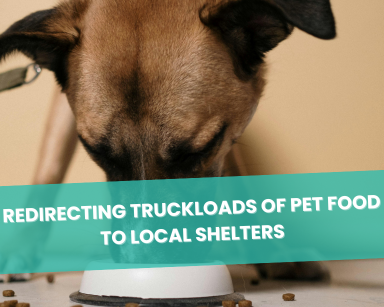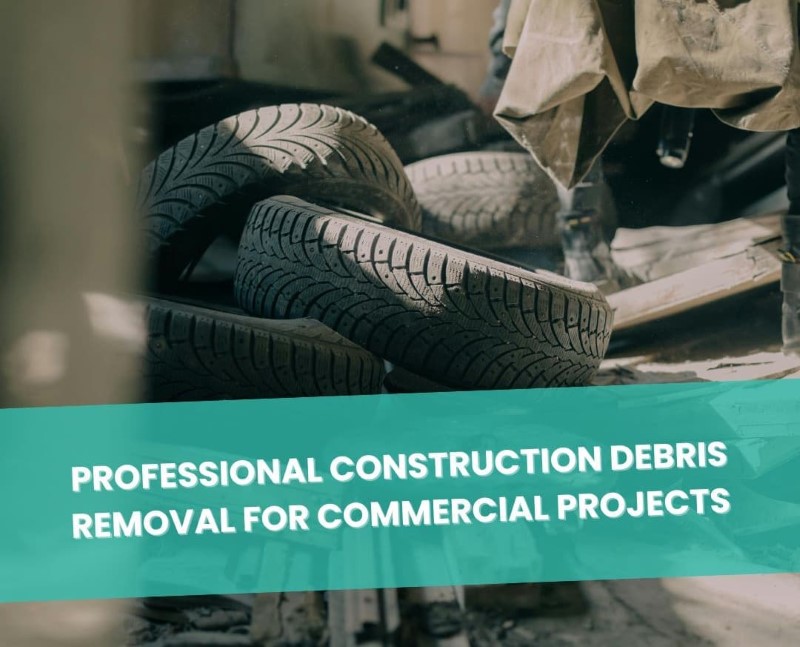Beneficial Reuse vs Waste to Energy: Calculating the Efficiency Scale
Table of Contents
Beneficial Reuse vs Waste to Energy
In the face of an escalating global waste crisis, the imperative to reevaluate our waste management strategies has never been more profound. Two strategies stand at the forefront: Beneficial Reuse vs Waste to Energy. Each holds its own merit but unraveling their complexities could be the key to unlocking a greener, more sustainable future.
Comparing the Environmental Impacts
Beneficial Reuse, an eco-conscious approach, repurposes waste material into valuable resources, thereby keeping it out of our already strained landfills. It’s a methodology that champions environmental preservation, achieving an impressive 80-95% reduction in environmental impact.
In comparison, Waste to Energy, though a decent solution, brings its own set of challenges. The greenhouse gases emitted from the incineration process could inadvertently contribute to climate change. The conversation is therefore no longer about merely managing waste but also maintaining the delicate balance of our ecosystem.
Economic Implications: A Closer Look at Beneficial Reuse vs Waste
The economic incentives to endorse Beneficial Reuse are considerable. Through fostering recycling industries, we’re not only creating new job opportunities but also generating substantial revenue.
On the other hand, the economic benefits of Waste to Energy remain somewhat constrained. The cost of operating these facilities can outweigh their financial returns, necessitating a broader examination of economic implications.
Measuring Resource Conservation
Beneficial Reuse offers an efficient way of conserving our valuable resources. By breathing new life into discarded materials, we minimize the demand for virgin resources, and in turn, help conserve what’s left of our natural reserves.
Here are some methods of beneficial reuse which can help us conserve our resources:
- Plastic Bricks: Recycled plastic is turned into hollow bricks which can be used for construction.
- Composting: Organic waste is utilized to create nutrient-rich compost that can be used by farmers and gardeners.
- Textile Recycling: Old fabrics are recycled into new materials, thereby reducing the demand for virgin resources.
- Carpet Reuse: Discarded carpets and rugs are recycled and reused, cutting down considerably on resource consumption.
When comparing the two approaches, it’s important to consider their respective environmental impacts, economic implications and resource conservation potential. As evidenced by these findings, Beneficial Reuse offers a more efficient waste management strategy that should be seriously considered in the quest for sustainable solutions.
Turnaround Time and its Effects
The speed at which waste can be transformed into something useful is another factor to consider. Beneficial Reuse takes the lead with a swift turnaround time of just 2-4 days, ensuring waste materials quickly find new, useful applications. With Waste to Energy, turnaround times vary considerably, impacting the overall efficiency of the waste management system.
The Hidden Advantage: Beneficial Reuse vs Waste
By choosing Beneficial Reuse, businesses can also tap into the hidden advantage of eligible tax credits. These incentives not only make this waste management approach economically appealing but also help promote more sustainable business practices.
In the case of Waste to Energy, the lack of tax credits may hinder its adoption rate. That’s why it becomes even more important to consider the full economic implications before making a decision. In the end, these insights may be the factor that tips the balance in favor of Beneficial Reuse.
The Power of Public Perception
The concept of Beneficial Reuse strikes a chord with the environmentally conscious public, receiving a favorable perception rate of 80-95%. With increased environmental awareness, people have shown a preference for waste reduction and recycling strategies.
The narrative surrounding Waste to Energy, however, is not as positive, with concerns about emissions and potential health impacts dampening its public perception. Public opinion has a role to play when it comes to waste management strategies, and this is something that needs to be taken into consideration.
Regulatory Compliance and Community Engagement
Beneficial Reuse not only appeals to the public but also meets waste diversion targets set by regulatory bodies, making it a winning solution for businesses aiming to stay compliant. Conversely, Waste to Energy facilities often face stringent emission control regulations.
In the same way, Beneficial Reuse initiatives tend to encourage community involvement, fostering a sense of environmental responsibility and social cohesion. With Waste to Energy, such community engagement can be challenging to achieve due to public resistance.
Beneficial Reuse and the Circular Economy
The concept of a circular economy revolves around keeping materials in use for as long as possible – a principle that is at the heart of Beneficial Reuse. By promoting the reuse of waste, we are supporting the transition towards a more sustainable, resource-efficient economy. Despite its merits, Waste to Energy does not actively contribute to these circular economy principles.
Conclusion
Our journey through the worlds of Beneficial Reuse and Waste to Energy illuminates the importance of informed decisions in waste management. While both methodologies have their roles in tackling the global waste crisis, Beneficial Reuse emerges as the more advantageous path – not only for its high environmental and economic impact but also for its alignment with the principles of a circular economy. Let’s build a future where waste is not just disposed of, but consciously transformed, promoting sustainability every step of the way.

